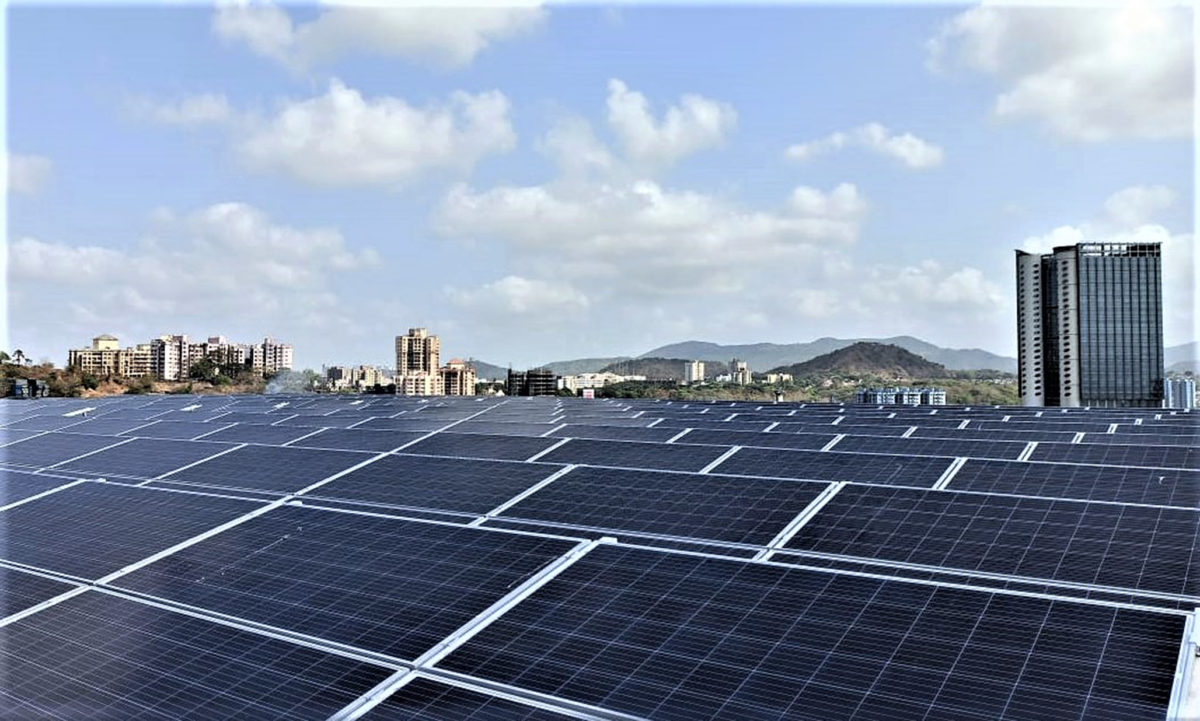With solar taking a more significant portion of the energy and power mix, climate change can be significantly mitigated. Coal, for instance, is one of the dirtiest fuels, but makes up 70% of India’s power generation.
The current wave of global actions against climate change is, arguably, not as urgent as required, but is a step in the right direction. Going by recent events, it is right to say that the world may be hanging by a thread, as Mother Nature continues to react violently to human’s irresponsible behaviour. From wildfires, typhoons, and floods, to heatwaves and other climate change-induced disasters, humanity is paying dearly for its many years of illicit exploitation and maltreatment of earth’s natural and mineral resources.
The chief culprit is the energy sector, with coal, crude oil, and natural gas contributing more than 80% of the world’s energy. According to the Environmental and Energy Study Institute, these fossil fuels have continued to power economies for more than 150 years. Not only are these energy sources depletable, but their exploitation and usage also cause massive devastation to the ecosystem. From polluting the air and contaminating water bodies, to depleting the ozone layer, a transition to cleaner, healthier, more efficient energy sources is now a necessity.
In India, this has become a major focus for the government and development partners in the last decade, even though there is still a heavy reliance on fossil fuels. As of 2021, more than 77% of India’s energy needs were met by fossil fuels, primarily coal and oil. This is still a far cry from the country’s vision to triple its renewable energy capacity by 2030 and has keyed into the IEA’s Net Zero Emissions Target of 2050. This would mean increasing its solar energy generation to at least 32% and wind to around 12% by 2030.
Solar as the panacea to India’s climate crisis
The central government has long identified solar energy as a topmost priority in the country’s plan to move away from overreliance on fossil fuels. Impressively, solar power has intensified in India over the last five years, increasing its share from barely 1% of the energy/power mix in 2017 to about 5% in 2022. What is clear is a consistent effort on the part of the authorities to achieve a healthy renewable energy mix in the near future. Between 1901 to 2018, official records show that India’s average temperature rose by about 0.7°C. That is a leap too severe to ignore.
This year alone, landslides and flash floods overtook several cities in India, causing devastating consequences, including deaths and destruction of property. The incidents in Himachal Pradesh are still fresh in memory, as horrific scenes filled television screens of vehicles being washed away, bridges ripped apart, and buildings destroyed. Agriculture, which is the mainstay for many families, was hit tremendously, leaving households in hunger and penury.
Much of this is caused by carbon emissions from the use of fossil fuels. With solar taking a more significant portion of the energy and power mix, climate change can be significantly mitigated. Coal, for instance, is one of the dirtiest fuels, but makes up 70% of India’s power generation. Emissions from coal power plants are some of the most dangerous. By cutting down on such reliance and replacing coal power with solar power, the country can get respite from climate change effects.
Doubling down on solar for climate security
India would need to increase its solar power capacity by as much as 36% every year if it intends to achieve its 2030 target of 500 GW. That is a laudable feat, but it requires the concerted effort of every stakeholder; from the central and sub-regional governments to the private sector players and regulators. Solar offers a renewable alternative that neither burns nor emits any gas, is easy to use, and is cost-effective to maintain.
Using solar energy as main or supplementary power, depending on the area, will be a great move. In areas powered by wind, solar can serve as a standby supplementary source, rather than petrol or diesel generators. In suburbs and rural communities cut off from the national grid, solar farms and rooftop installations can be a clean way to power such communities while also safeguarding the planet from the effects of climate change.
The views and opinions expressed in this article are the author’s own, and do not necessarily reflect those held by pv magazine.
This content is protected by copyright and may not be reused. If you want to cooperate with us and would like to reuse some of our content, please contact: editors@pv-magazine.com.








2 comments
By submitting this form you agree to pv magazine using your data for the purposes of publishing your comment.
Your personal data will only be disclosed or otherwise transmitted to third parties for the purposes of spam filtering or if this is necessary for technical maintenance of the website. Any other transfer to third parties will not take place unless this is justified on the basis of applicable data protection regulations or if pv magazine is legally obliged to do so.
You may revoke this consent at any time with effect for the future, in which case your personal data will be deleted immediately. Otherwise, your data will be deleted if pv magazine has processed your request or the purpose of data storage is fulfilled.
Further information on data privacy can be found in our Data Protection Policy.